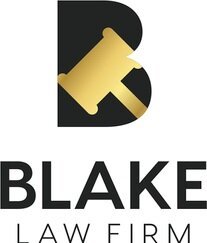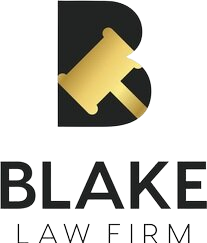ENFORCING CC&RS IN CALIFORNIA
If you are the owner of property located in a homeowner’s association or commercial condominium association you likely are bound by a document called a Declaration of Covenants, Conditions and Restrictions, otherwise known as CC&Rs, which are typically recorded in the county records. CC&Rs are put in place to provide a uniform set of rules and guidelines that all owners must comply with.
CC&Rs provide many benefits to the owners by sharing costs for maintenance, insurance, taxes, common area expenses, etc., but can also restrict how owners may use their properties. For example, in a residential association CC&Rs may restrict what color you can paint your house or how high you can grow your trees. In a commercial setting the CC&Rs may restrict the manner in which you use or develop the property. It is important to thoroughly review the CC&Rs before purchasing a property to make sure no restrictions exist that could frustrate your ability to use the property in the manner you intended.
What happens when one of the owners is not following the CC&Rs? Who is responsible for enforcing them? CC&Rs are binding on all owners in the association and are generally enforced by the board of the association and/or the individual owners, who make up the membership of the association. In California, an association board has a duty to enforce its CC&Rs in good faith, not in an arbitrary or capricious manner, and by procedures that are fair and uniformly applied. (Cohen v. Kite Hill Community Assn. (1983) 142 Cal.App.3d 642)
Generally, the CC&Rs will contain provisions on enforcing the rules or resolving disputes that must be followed. These procedures can differ depending on the association. There is also a statutory framework applicable to associations that must be followed known as the David-Sterling Common Interest Development Act. Typically, the association board will notify the offending party of the violation and provide a time period in which to cure the problem. In the event the owner does not fix the issue the association can hold a hearing with the owner, assess fines, suspend privileges, record liens against the property and/or initiate a court lawsuit against the owner seeking a court order compelling the owner to comply.
In the event the board does not take action against an owner for violating the CC&Rs, another owner in the association is generally permitted to take action against the offending owner for violation of the CC&Rs. Similar to any civil dispute, the offending owner being accused of violating the CC&Rs is entitled to due process and can present defenses at any hearing on the violation.
If you live or work in an association and/or are on the board of the association, it is important to review and understand the CC&Rs specific to your project so that you don’t run afoul of any of the covenants, conditions or restrictions included therein. If you are uncertain or your rights and obligations under the CC&Rs it is important to contact an attorney with experience with CC&Rs and working with associations.
Questions or comments? Please let us know. For more information you may also email steve@blakelawca.com.
The information found on the Blake Law Firm website is provided for educational and informational purposes only. This information is not legal advice and does not create an attorney-client relationship. Prior results do not guarantee a similar outcome. If you need legal advice please consult a licensed, qualified attorney in your area.
This update is provided to our clients, business associates and friends for informational purposes only. Legal advice should be based on your specific situation and provided by a qualified attorney.



